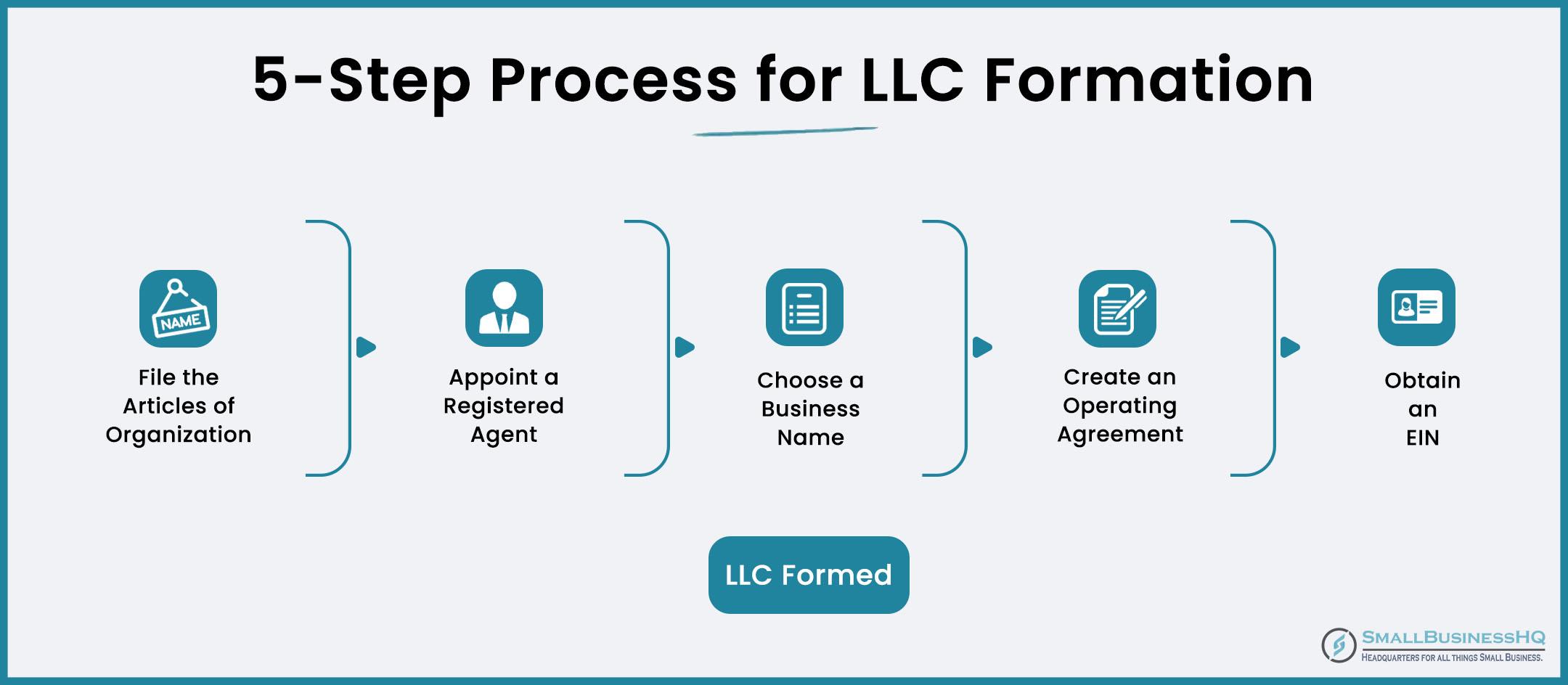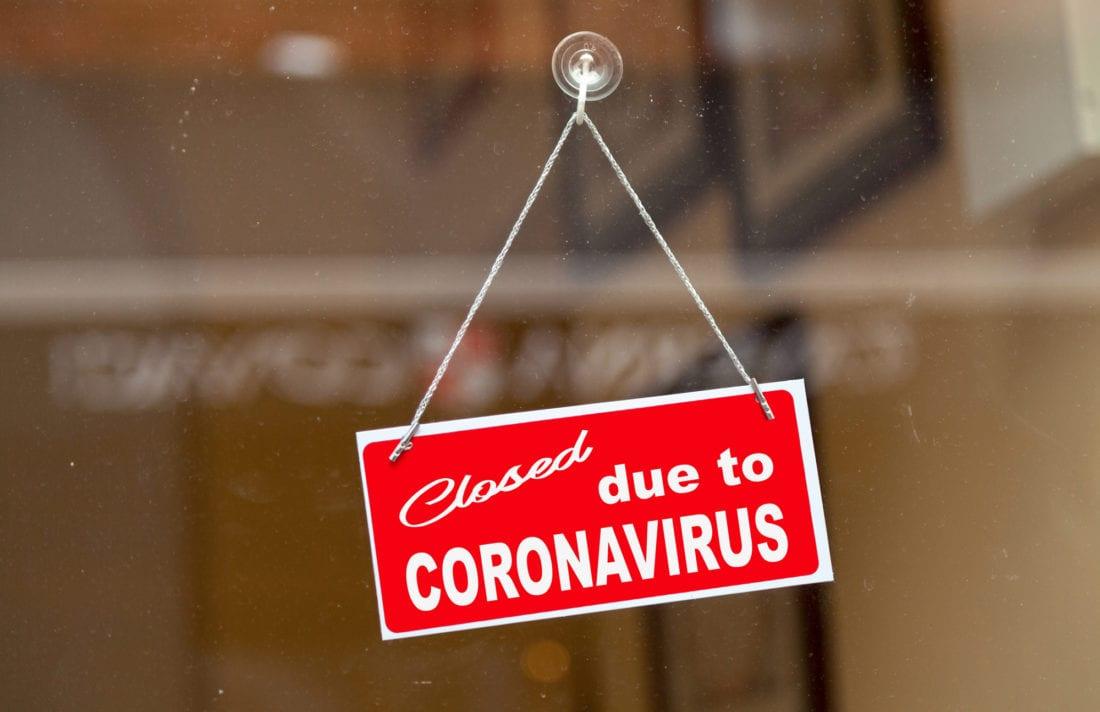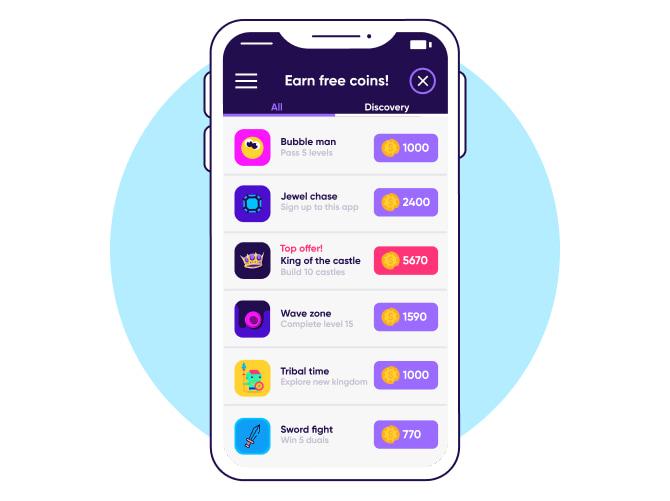
Are you sitting on a brilliant app idea but unsure how to turn it into a money-making machine? You’re not alone! In today’s digital age, apps are more than just tools; they’re potential goldmines waiting to be tapped. Whether you’re a seasoned developer or a newcomer to the app world, understanding the various monetization strategies is key to transforming your passion project into a profitable venture. In this article, we’re diving into 11 clever ways to monetize your app, giving you the insights and inspiration you need to cash in on your creativity. So, grab a cup of coffee, settle in, and let’s explore the exciting avenues for making money from your app—because your idea deserves to thrive!
Understanding Your Target Audience for Effective Monetization
Understanding your target audience is the cornerstone of successful app monetization. Knowing who your users are, what they want, and how they behave can make a world of difference in how you structure your monetization strategies. The clearer your vision of your audience, the better you can tailor your app’s features, marketing, and pricing models to fit their needs. Here’s how to dive deep into your audience’s psyche.
Start by creating user personas. These are detailed profiles that represent your ideal users. Include demographics, preferences, pain points, and behaviors. You might find that your audience consists of:
- Age Groups: Are they teenagers, young adults, or seniors?
- Interests: What hobbies or activities do they enjoy?
- Tech Savviness: Are they early adopters or do they prefer tried-and-true tech?
Next, conduct surveys and interviews to gather direct feedback from your audience. This qualitative data can yield insights that numbers alone can’t provide. Consider asking questions such as:
- What features do you wish our app had?
- What frustrates you while using similar apps?
- How much would you be willing to pay for premium features?
Once you have a clear picture of your audience, it’s essential to analyze their behavior. Utilize analytics tools to track how users interact with your app. Key metrics to monitor include:
| Metric | Importance |
|---|---|
| User Retention Rate | Indicates how well you keep users engaged. |
| Session Duration | Shows how long users spend on your app. |
| Feature Usage | Helps identify which features are the most valuable to users. |
Understanding these metrics will not only guide your monetization strategies but also help you refine your app’s user experience. For example, if users frequently abandon the app at a certain feature, it might be worth considering a redesign or providing better onboarding.
Lastly, keep an eye on market trends and competitor analysis. See what monetization strategies your rivals are employing and which ones are succeeding. Adapt and innovate based on your findings to maintain a competitive edge. Remember that your audience’s preferences may evolve, so stay flexible and ready to pivot your approach.
By investing the time to understand your target audience, you lay a robust foundation for effective monetization. Tailor your strategies not just to what you believe they want, but to what they actually need. In doing so, not only do you enhance user satisfaction, but you also pave the way for sustainable revenue growth.
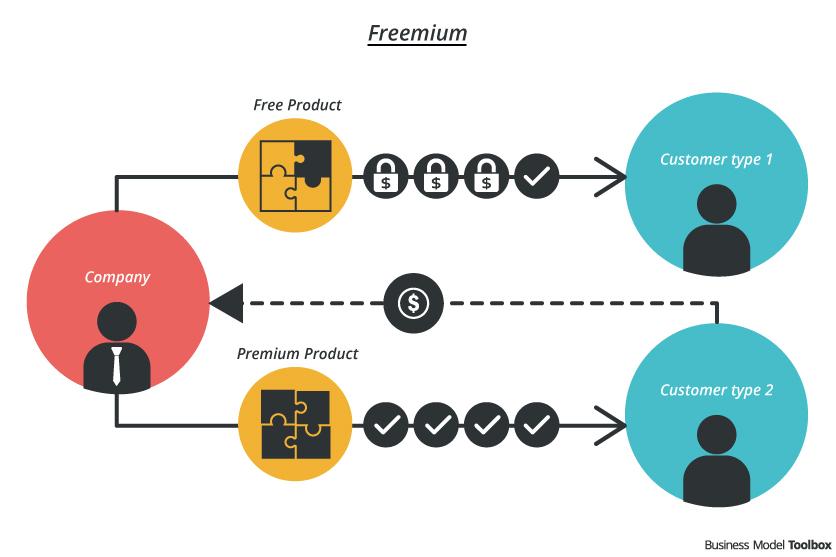
Choosing the Right Monetization Model that Fits Your App
Finding the perfect monetization model for your app is akin to finding the right outfit for a special occasion—it needs to fit well, reflect your brand’s personality, and resonate with your audience. Depending on your app’s purpose, target demographic, and user engagement, there are various avenues to explore. Below are some effective strategies to consider.
- Freemium Model: Offer a basic version of your app for free while charging for premium features. This allows users to try before they buy, increasing user acquisition.
- Subscription Services: Charge users a recurring fee for access to exclusive content or features. This model works particularly well for apps offering continuous value, like streaming services or educational platforms.
- In-App Purchases: Let users enhance their experience by purchasing virtual goods or additional features within the app, appealing to those who want to customize their experience.
- Ad-Supported Model: Integrate ads into your app. This can be effective if you have a large user base, as you generate revenue based on impressions or clicks.
When selecting a monetization model, it’s crucial to understand your user base. For instance, a gaming app might thrive on in-app purchases, while a productivity tool could benefit from a subscription model. Conducting user surveys or analytics can provide insights into what your audience values most.
Moreover, consider the following factors:
| Factor | Considerations |
|---|---|
| User Engagement | High engagement may favor freemium or in-app purchases. |
| Market Trends | Stay updated on industry trends to align your model with user expectations. |
| Competition | Analyze competitors’ models to identify gaps or areas for differentiation. |
The right monetization model can significantly impact your app’s success. It’s not just about generating revenue; it’s about creating a sustainable ecosystem where users feel valued. Testing different models and gathering user feedback can lead to a more tailored approach, ultimately enhancing user satisfaction and your bottom line.
Lastly, don’t hesitate to iterate. The digital landscape is ever-evolving, and what works today might not work tomorrow. Keep experimenting, stay flexible, and be ready to pivot to ensure your monetization strategy remains aligned with user needs and market demands.
The Power of In-App Purchases to Boost Revenue
In the realm of mobile applications, in-app purchases (IAPs) stand out as a robust revenue-generating strategy. By allowing users to unlock additional features, virtual goods, or premium content, developers can create a steady stream of income that significantly enhances the app’s profitability. Here’s why leveraging IAPs is a game changer for app monetization.
Firstly, offering limited access to certain features or content creates a sense of urgency and exclusivity. Users get a taste of what your app has to offer, and this can compel them to invest more to experience the full potential. By structuring your offerings strategically, you can guide users through the decision-making process, leading them to see the value in upgrading.
Moreover, in-app purchases allow for customization. Tailoring experiences to individual user preferences not only enhances user engagement but also opens avenues for additional sales. For instance, a gaming app might offer unique skins, characters, or power-ups, while a fitness app could sell personalized workout plans or nutrition guides. This level of personalization makes users feel special and more willing to spend.
Another aspect to consider is the recurring revenue model that IAPs can facilitate. Subscriptions, for example, ensure that users are continuously engaged and content is regularly updated. This model not only fosters a dedicated user base but also provides developers with predictable income. The beauty of subscriptions lies in their ability to build a community around your app, encouraging users to stay invested over time.
It’s important to highlight the psychological triggers that come into play with in-app purchases. The concept of “loss aversion” means that users are more likely to act if they believe they might miss out on something valuable. Implementing time-limited offers or exclusive items can push users toward making a purchase, capitalizing on this psychological phenomenon.
To maximize the effectiveness of in-app purchases, consider analyzing user behavior. Tracking which features are most popular or which items result in the highest sales can inform your strategy moving forward. A/B testing different pricing models or promotional campaigns will allow you to refine your approach, ensuring that you are meeting user needs while also driving revenue.
| In-App Purchase Type | Benefits |
|---|---|
| Consumables | Encourages repeat purchases (e.g., in-game currency) |
| Durables | Enhances user experience with permanent upgrades (e.g., new levels) |
| Subscriptions | Provides consistent revenue and user retention |
| Premium Content | Unlocks exclusive features, increasing perceived value |
don’t underestimate the impact of community feedback. Engaging with your users and understanding their preferences can help you refine your in-app purchase offerings. Regular updates and new features based on user input not only keep your app fresh but also reinforce a sense of loyalty and trust, encouraging users to spend more.
How Ad Networks Can Turn Traffic into Cash
When it comes to monetizing your app, leveraging ad networks can be a game-changer, transforming your traffic into a steady stream of cash. These platforms connect app developers with advertisers looking to reach specific audiences, allowing you to earn money simply by showcasing their ads. Here’s how you can capitalize on this opportunity:
- Choose the Right Ad Network: Not all ad networks are created equal. Some specialize in particular niches or demographics, while others offer a broad range of advertisers. Research and select a network that aligns with your app’s target audience to maximize your revenue potential.
- Analyze Ad Types: Familiarize yourself with different ad formats—banner ads, interstitial ads, native ads, and rewarded video ads. Each type has its own advantages. For instance, rewarded video ads can significantly boost engagement and revenue, as users actively choose to watch them in exchange for in-app rewards.
- Optimize Ad Placement: The placement of ads within your app can affect user experience and revenue. Conduct A/B testing to determine the most effective locations for your ads without disrupting the user experience. A well-placed ad can lead to higher click-through rates and increased earnings.
To illustrate the potential earnings, consider the following table that summarizes average CPM (Cost Per Mille) rates from various ad networks:
| Ad Network | Average CPM |
|---|---|
| AdMob | $10.00 |
| Facebook Audience Network | $12.50 |
| Unity Ads | $15.00 |
| Twitter MoPub | $9.00 |
Engagement metrics are crucial for maximizing your ad revenue. High user retention and engagement can lead to better ad placements and increased demand from advertisers. Focus on strategies to improve user retention, like offering regular updates, engaging content, and a user-friendly interface. The more active your user base, the more attractive your app becomes to advertisers.
- Monitor Performance: Use analytics tools to keep track of how ads are performing in your app. Metrics like impressions, clicks, and revenue generated will help you make informed adjustments to your ad strategy.
- Diversify Your Revenue Streams: While ad networks are an excellent way to monetize your app, don’t rely solely on them. Consider complementary strategies like in-app purchases or subscriptions to create a more robust revenue model.
don’t underestimate the power of user feedback. Encourage users to share their thoughts on ad experiences, and be open to making changes based on their suggestions. A positive user experience will not only keep your audience engaged but also attract more advertisers looking to reach reliable, active users.
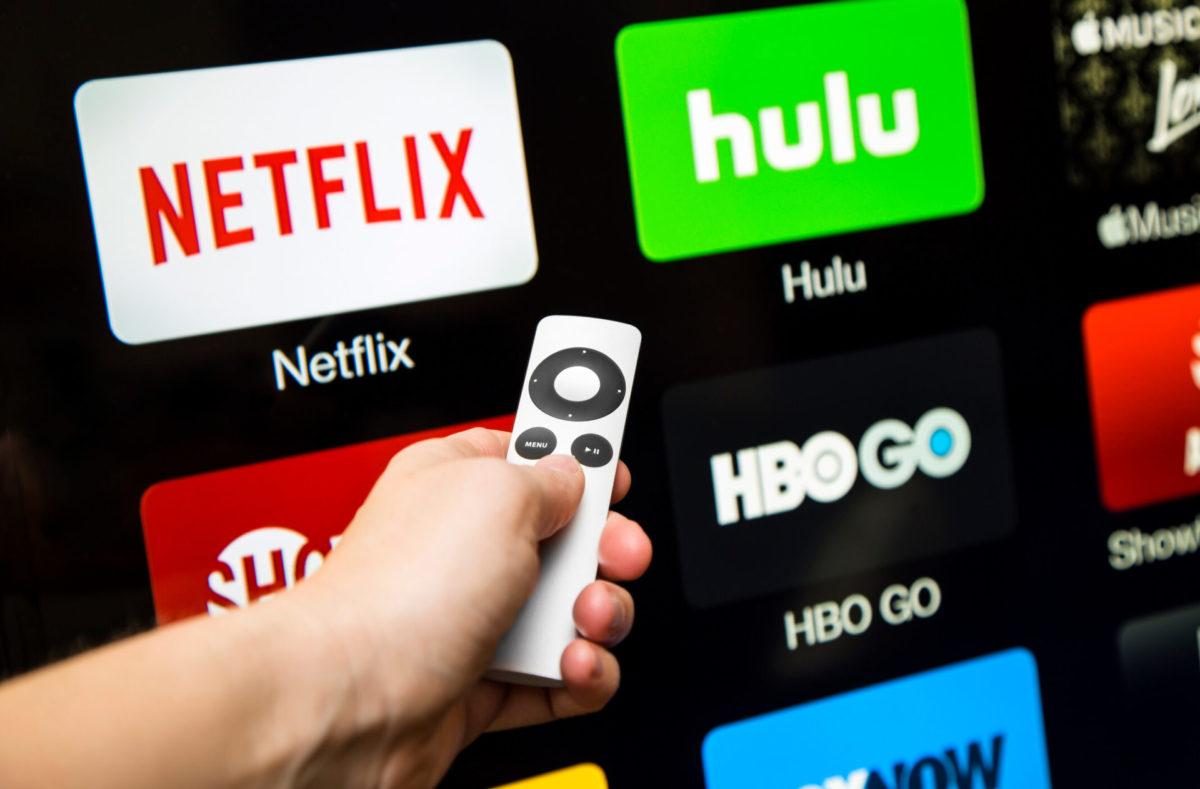
Subscription Services: Creating a Steady Stream of Income
Subscription services have rapidly gained traction as a viable business model for app developers looking to create a reliable revenue stream. By offering users recurring access to content, features, or services, you can transform a one-time purchase into ongoing income. This model taps into the desire for convenience and continual engagement, making it a win-win for both you and your users.
One of the primary advantages of subscription services is the predictable income they generate. Unlike traditional sales, where income can be sporadic and unpredictable, subscriptions provide a steady influx of cash. This allows for better financial planning—especially important for app developers who may be investing significant time and resources into their projects. With a clear understanding of your monthly revenue, you can allocate resources more effectively and scale your operations.
To successfully implement a subscription model, consider these essential elements:
- Value Proposition: Clearly communicate what users will gain from subscribing. Whether it’s exclusive content, premium features, or an ad-free experience, ensuring your users see the value is crucial.
- User Experience: Make the subscription process as seamless as possible. Easy sign-up, straightforward payment methods, and clear cancellation options enhance user satisfaction.
- Tiered Pricing: Consider offering multiple subscription tiers. This allows users to choose a level that fits their budget and needs, making it more likely they’ll commit to a plan.
Moreover, incorporating features that enhance user engagement can significantly reduce churn rates. Regular updates, personalized content, and interactive elements can keep users invested in your app. Building a community through forums, exclusive events, or feedback mechanisms also fosters a sense of belonging, which can encourage subscribers to stick around longer.
A well-structured pricing strategy is essential. You might choose to offer a free trial, allowing users to experience your app’s full potential before committing to a subscription. This not only builds trust but also helps users appreciate the value of your offering. Once they are hooked, converting them to paying subscribers becomes much easier.
Consider the following table to visualize the potential impacts of subscription pricing strategies on user retention:
| Pricing Strategy | User Retention Rate | Monthly Revenue Potential |
|---|---|---|
| Free Trial with Auto-Renew | 80% | $25,000 |
| Monthly Subscription | 60% | $15,000 |
| Tiered Pricing Structure | 75% | $20,000 |
Ultimately, the key to a successful subscription service lies in your ability to adapt and respond to user feedback. Regularly analyze user behavior and gather insights to refine your offerings. This not only enhances the user experience but also ensures that your subscription model evolves with market trends, keeping your app relevant and competitive.

Unlocking the Potential of Affiliate Marketing in Your App
Affiliate marketing presents a lucrative opportunity for app developers eager to monetize their creations. By seamlessly integrating affiliate links and partnerships into your app, you can turn your user base into a source of revenue without compromising their experience.
One of the most effective ways to leverage affiliate marketing is by understanding your audience. Tailoring your affiliate offers to align with the interests and needs of your users can significantly increase conversion rates. For instance, if your app is focused on fitness, promoting health supplements or workout gear through affiliate programs can resonate well with your users.
Another strategy involves creating engaging content within your app that naturally incorporates affiliate links. This could be in the form of product reviews, tutorials, or even user-generated content. When your users trust your recommendations, they are more likely to make purchases through your affiliate links. Consider implementing:
- Interactive product showcases
- In-app blogs or articles featuring affiliate products
- Video tutorials that highlight affiliate offerings
Moreover, using analytics tools to track user engagement with your affiliate content can provide valuable insights. By analyzing which products or links resonate most with your audience, you can optimize your affiliate strategy over time. This data-driven approach ensures that you are promoting the most relevant products, enhancing the likelihood of conversions.
It’s also essential to select the right affiliate programs. Look for programs that offer generous commissions and a good reputation. Below is a simple comparison table of popular affiliate networks that app developers can consider:
| Affiliate Network | Commission Rate | Best For |
|---|---|---|
| Amazon Associates | 1% – 10% | General Products |
| ShareASale | Varies | Niche Products |
| ClickBank | 50% - 75% | Digital Products |
| Rakuten Marketing | Varies | Retail Brands |
Additionally, consider incentivizing your users to engage with affiliate offers. This could include special promotions, discounts, or exclusive content for users who make a purchase through your app. Such incentives not only drive conversions but also foster a sense of community around your app.
Lastly, transparency is key. Always disclose your affiliations and be honest about the potential earnings from your recommendations. Building trust with your users can lead to long-term relationships and sustained revenue through affiliate marketing.
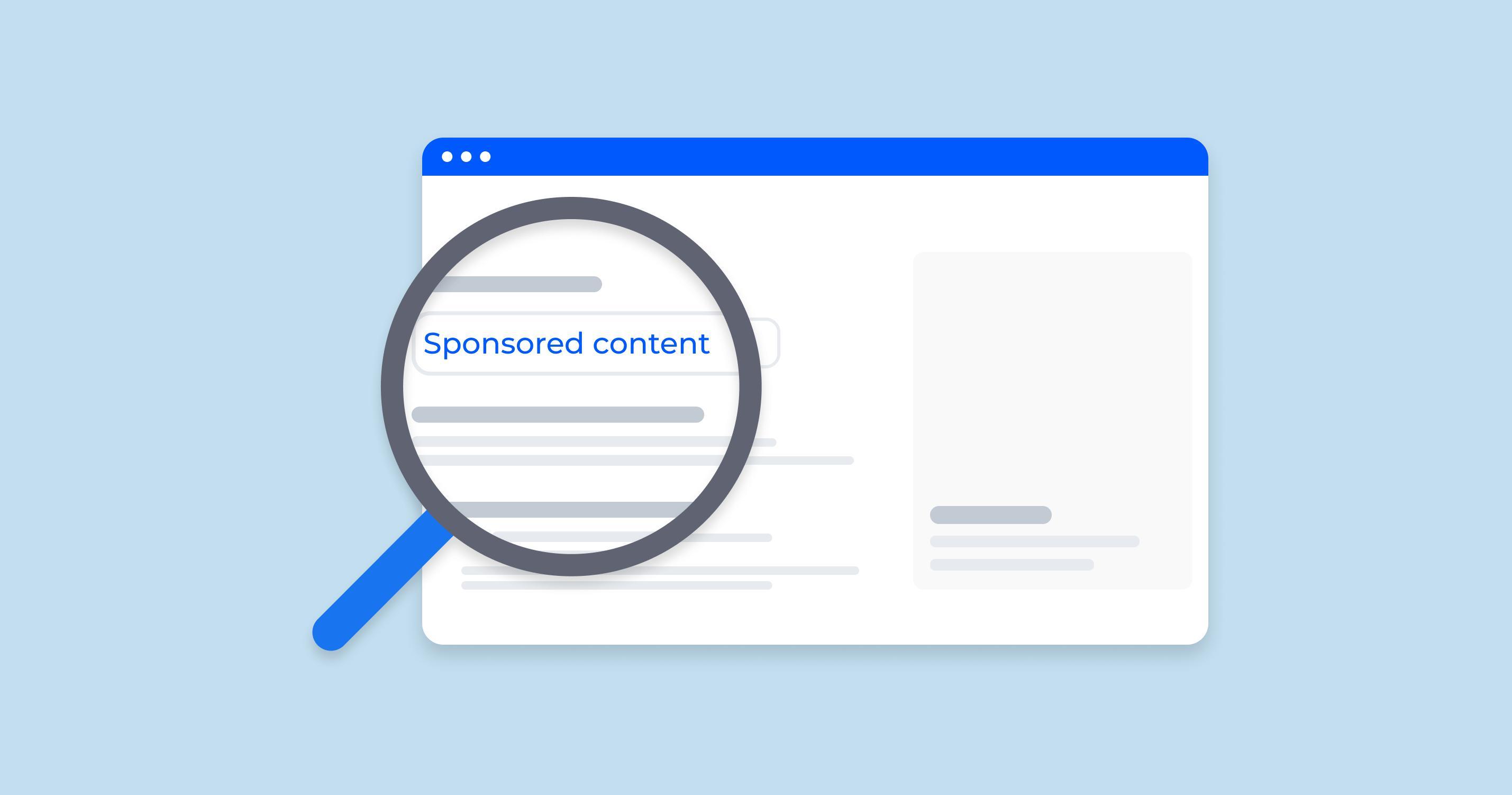
Leveraging Sponsored Content for Mutual Growth
In today’s digital landscape, sponsored content has emerged as a powerful tool for app developers looking to increase revenue while providing value to their users. This mutually beneficial approach not only allows brands to reach targeted audiences but also helps app creators monetize their platforms effectively.
Imagine partnering with companies that align with your app’s niche. By integrating sponsored content, you can offer your users exclusive deals or insights that enhance their experience. This adds value to your app while simultaneously generating income. Consider these strategies:
- Curated Content: Share articles or videos that resonate with your audience, showcasing products or services that enhance their experience with your app.
- In-App Advertising: Collaborate with brands to display sponsored ads within your app, ensuring they blend seamlessly with your content.
- Sponsored Features: Introduce special features or content sections within your app that are sponsored by businesses looking to promote their offerings.
- Affiliate Marketing: Partner with relevant brands to promote their products and earn a commission for every sale made through your app.
Moreover, it’s crucial to maintain transparency with your users. Clearly label sponsored content to build trust. Users appreciate authenticity, and they’ll be more likely to engage with content they know is sponsored but still relevant and beneficial to them.
| Benefit | How it Helps |
|---|---|
| Increased Revenue | Generates income streams without altering core app functionality. |
| User Engagement | Provides users with relevant offers and information that keep them coming back. |
| Brand Partnerships | Fosters relationships with reputable companies for future collaborations. |
Engage actively with your partners to create compelling content that resonates with your audience. Consider hosting co-branded events or campaigns that leverage both your app’s reach and the brand’s resources. This not only boosts visibility but also creates a community around your app.
leveraging sponsored content can serve as a cornerstone of your monetization strategy, driving mutual growth for both your app and the brands you partner with. By carefully curating content that speaks to your audience and maintains their trust, you can create a sustainable revenue model that enhances user experience and fosters lasting partnerships.
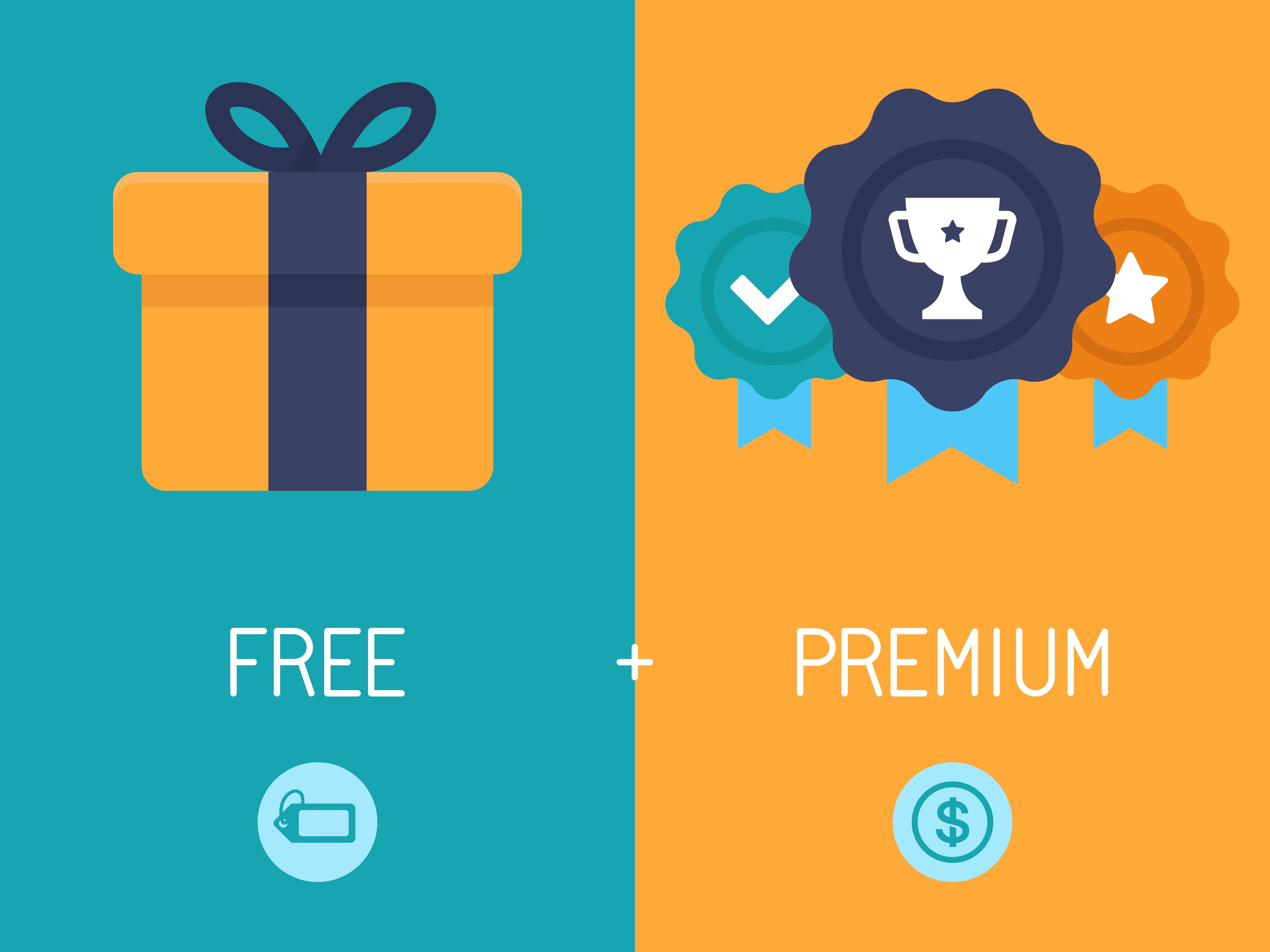
Creating a Freemium Model that Attracts Users
One of the most effective ways to lure users into your app is through a freemium model. This approach not only allows users to experience your product without any risk, but it also creates a pathway for converting them into paying customers. Here’s how to craft a compelling freemium strategy that keeps users engaged and eager to upgrade.
Understand Your Core Value Proposition
Your app must have a clear value proposition that resonates with your target audience. Identify the key features that set your app apart and consider which of them can be offered for free while still providing a great user experience. The goal is to give users a taste of the premium experience without overwhelming them.
Limit Free Features Strategically
To encourage users to upgrade, it’s crucial to limit free features in a strategic way. Consider implementing:
- Usage Caps: Allow users to access certain features a limited number of times.
- Time Restrictions: Offer features for a limited time or during specific hours.
- Content Unlocks: Provide access to premium content after completing tasks or reaching milestones.
Create Compelling Upgrade Hooks
Once users are engaged with your free offering, you need to present clear incentives for them to upgrade. Design attractive hooks that illustrate the benefits of the premium version:
- Exclusive Features: Highlight what premium users can access that free users cannot.
- Ad-Free Experience: Emphasize the enhanced experience that comes with removing ads.
- Priority Support: Offer prioritized customer service for paying users.
Utilize Data Analytics
Leverage analytics to understand user behavior and preferences. By monitoring which features are most popular among free users, you can adjust your freemium offerings to enhance user satisfaction and drive upgrades. You might find that certain features inspire loyalty and are worth promoting more heavily.
Test Different Pricing Strategies
Experiment with various pricing models to see which resonates best with your audience. Consider trying:
- Monthly vs. Yearly Subscriptions: Assess if users prefer a one-time payment or spreading the cost over time.
- Tiered Pricing: Offer multiple premium tiers that cater to different user needs.
- Free Trials: Allow users to experience premium features free for a limited time before deciding to upgrade.
Communicate Value Constantly
Make sure you’re consistently communicating the value of upgrading. Use in-app notifications, email campaigns, and social media to remind users of the benefits they can gain from becoming premium members. Highlight success stories or testimonials from satisfied paying customers to build trust and credibility.
Monitor Feedback and Iterate
always be open to user feedback. Regularly solicit reviews and suggestions, and be prepared to iterate on your freemium model based on user input. This adaptability will not only improve user satisfaction but also help you refine your monetization strategy over time.
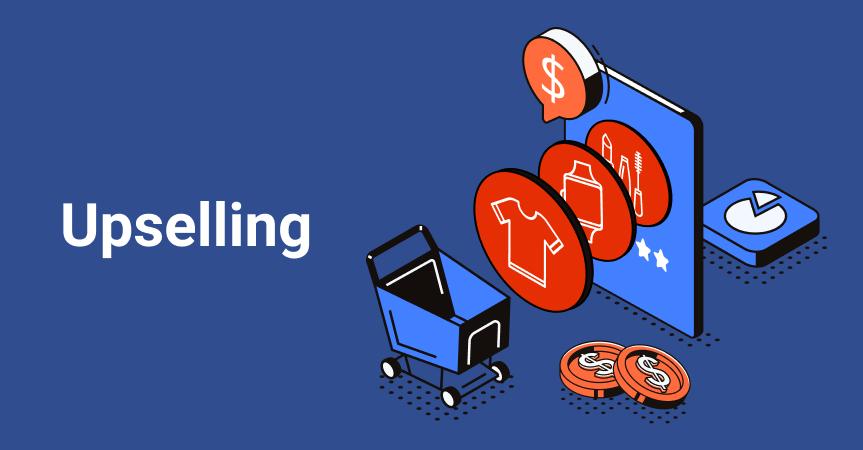
The Art of Upselling: Turning Users into Loyal Customers
When it comes to maximizing the potential of your app, upselling is a strategy that can significantly boost your revenue while enhancing the user experience. It’s not just about selling more; it’s about offering users valuable options that genuinely improve their experience with your app, making them feel like they made the right choice.
One effective approach is to segment your audience based on their behavior and preferences. By understanding what users are already engaging with, you can tailor upsell offers that resonate with them. For example, if a user frequently uses a particular feature, consider offering them an upgrade that enhances that functionality.
Another valuable tactic is to create tiered pricing models. This method allows users to select the package that best fits their needs, encouraging them to move up to higher tiers as they see the value in additional features. Here’s how you can structure your pricing table:
| Plan | Features | Price |
|---|---|---|
| Basic | Access to core features | $4.99/month |
| Pro | All Basic features + Premium content | $9.99/month |
| Ultimate | All Pro features + Personalized support | $14.99/month |
Incorporating limited-time offers can also create a sense of urgency that prompts users to make a purchase. For instance, if a user is about to finish a task or reach a milestone in your app, you could display a pop-up that offers them a special discount on premium features, prompting them to act quickly.
Don’t underestimate the power of customer feedback in shaping your upsell strategy. Actively engage with your users through surveys or feedback forms to understand what additional features they crave. This not only builds a relationship but can also guide your upselling efforts, ensuring you’re offering exactly what your users want.
Lastly, remember that the art of upselling isn’t solely about pushing products. It’s about building trust and providing value. When users feel that your suggestions are genuinely beneficial, they are more likely to convert and remain loyal. Educate them about the benefits of the upsell, highlighting how it can solve their problems or enhance their experience.
Ultimately, mastering the art of upselling transforms the way users interact with your app, turning one-off users into loyal customers who not only return but also spread the word about your offerings. By focusing on value and user experience, you create a win-win situation that benefits both your business and your customers.
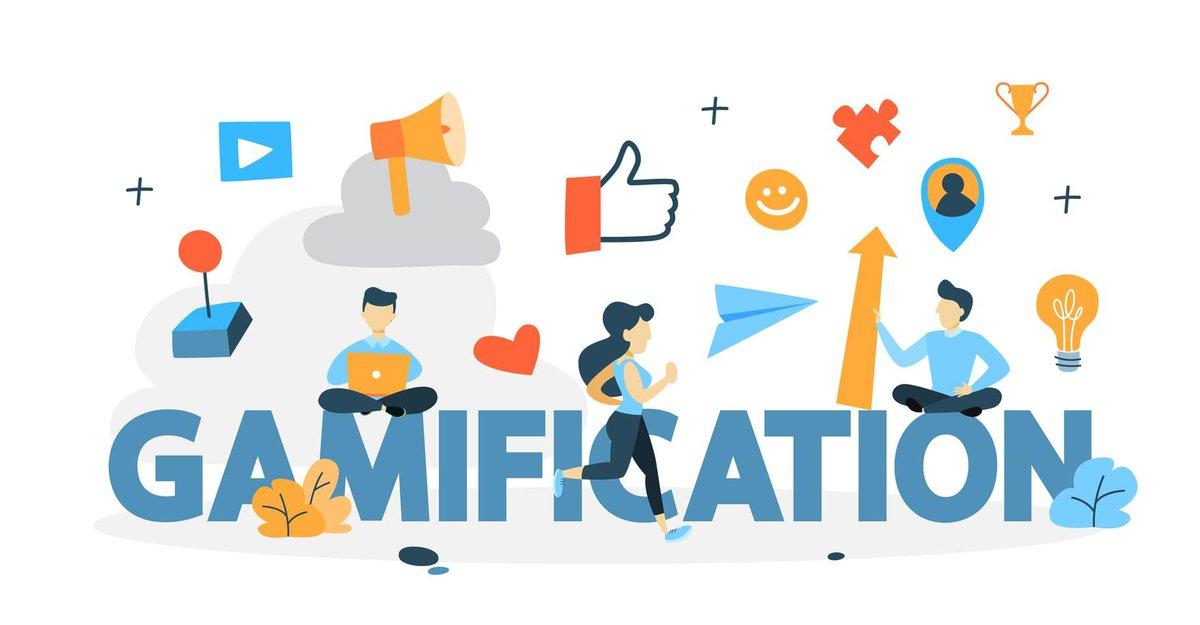
Engaging Users with Gamification for Additional Revenue
Gamification is a powerful tool that can transform a mundane app experience into an engaging adventure, enticing users to spend more time within your app—and ultimately, generate additional revenue. By integrating game-like elements into your app, you not only enhance user engagement but also foster brand loyalty and encourage spending. Here are some strategies to incorporate gamification effectively:
- Points and Rewards System: Implement a points system where users earn points for completing tasks, engaging with content, or making purchases. These points can be redeemed for discounts, exclusive content, or special features, creating a compelling incentive for users to return.
- Challenges and Competitions: Introduce challenges that encourage users to compete against each other. This could be daily quizzes, fitness challenges, or skill-based games. By offering rewards for top performers, you can spark excitement and encourage users to participate actively.
- Levels and Achievements: Create a leveling system that allows users to progress through different tiers. Each level can unlock new features, exclusive content, or special discounts. This sense of progression is motivating and can keep users invested in your app.
- Leaderboards: Feature a leaderboard that showcases top users based on their achievements or points. This not only promotes healthy competition but also encourages users to engage more deeply with the app to improve their standings.
To effectively implement these strategies, consider the following best practices:
- Understand Your Audience: Tailor your gamification elements to fit the preferences and behaviors of your target audience. Conduct surveys or analyze user data to find out what motivates them.
- Make it Fun and Accessible: Ensure that the gamification elements are easy to understand and enjoyable to interact with. Complex systems might discourage participation rather than encourage it.
- Balance Rewards and Monetization: While it’s crucial to provide value through gamification, ensure that monetization strategies do not overshadow the gaming experience. Users should feel rewarded for their engagement, not just for spending money.
let’s take a look at some potential revenue streams that can be enhanced through gamification:
| Revenue Stream | Gamification Element |
|---|---|
| In-App Purchases | Exclusive items or bonuses available for purchase after reaching certain levels or completing challenges. |
| Subscription Services | Offer premium features or content unlocked through achievements, incentivizing users to subscribe. |
| Advertising | Provide rewards for users who engage with ads or complete tasks associated with them. |
| Affiliate Marketing | Integrate gamified elements where users can earn rewards for referrals or completing specific offers. |
By creatively weaving gamification into your app, you can turn user engagement into a significant revenue source. Remember, the key is to keep the experience enjoyable and rewarding, ensuring users feel a sense of accomplishment while interacting with your brand.

Utilizing Data Analytics to Optimize Your Monetization Strategy
In today’s digital landscape, data analytics is the backbone of effective monetization strategies. By harnessing the power of data, app developers can gain insights into user behavior, preferences, and trends, allowing for tailored monetization approaches that resonate with their audience.
User Segmentation: Understanding your audience is crucial. By categorizing users based on demographics, behavior, or preferences, you can create targeted monetization strategies. For example:
- Age Groups: Tailor your ads or in-app purchases to various age demographics.
- Geographic Locations: Offer location-specific promotions or features.
- Usage Patterns: Identify high-frequency users and reward them with exclusive content or offers.
Tracking Engagement: Analyzing user engagement metrics such as session length, frequency of use, and feature interaction can provide clear indicators of what users value most. This data can guide your monetization tactics, enabling you to:
- Optimize ad placements for maximum visibility without disrupting user experience.
- Determine the best times to present offers or notifications for in-app purchases.
- Enhance user retention through rewards programs based on usage patterns.
Testing and Iteration: Utilizing A/B testing allows you to experiment with different monetization strategies to see what works best. For example, you can test variations in:
- Ad formats (banner, interstitial, native ads).
- In-app purchase pricing models (one-time fees vs. subscription).
- User prompts for engagement (timing and messaging).
Performance Metrics: Establish key performance indicators (KPIs) to measure the success of your monetization strategies. Consider tracking:
| Metric | Description |
|---|---|
| ARPU (Average Revenue Per User) | Measures the revenue generated per user over a specific period. |
| Churn Rate | Tracks the percentage of users who stop using the app over time. |
| Customer Lifetime Value (CLV) | Estimates the total revenue expected from a user throughout their relationship with the app. |
Feedback Loops: Regularly solicit user feedback and analyze reviews to gauge satisfaction and areas for improvement. This real-time data can help you pivot your monetization strategy swiftly, ensuring it aligns with user expectations. Consider implementing:
- In-app surveys to collect user opinions on features and pricing.
- Regular updates based on user feedback to enhance app usability and appeal.
- Community engagement through forums or social media to foster loyalty and gather insights.
Ultimately, leveraging data analytics not only enhances your monetization strategy but also enriches user experience, leading to higher retention rates and increased revenue. By continuously adapting your approach based on data-driven insights, you can create a sustainable monetization model that evolves with your user base.

Building a Community to Drive Continuous Engagement and Profit
In today’s digital landscape, building a community around your app is a game changer. Not only does it foster loyalty among users, but it also creates a sustainable environment for ongoing engagement, which can significantly boost your revenue streams.
Engagement is the heartbeat of any community, and there are numerous ways to keep your users actively participating:
- Create Exclusive Content: Offer members access to premium content that’s not available to non-members. This could include in-depth tutorials, webinars, or downloadable resources.
- Host Regular Events: Organize virtual events like Q&As, workshops, or networking sessions to bring users together and maintain interest.
- Implement Gamification: Introduce rewards, badges, or leaderboards that encourage users to interact more with your app and with each other.
- Encourage User-Generated Content: Allow users to share their experiences, tips, or creations within the app, fostering a sense of ownership and community.
A thriving community not only enhances user engagement but can also lead to increased monetization opportunities. Consider the following methods to leverage your community for profit:
- Subscription Models: Offer tiered memberships that provide additional features or content to subscribers, creating a steady revenue stream.
- Affiliate Marketing: Partner with relevant brands and promote their products to your community, earning commissions on referrals.
- Sponsorship Deals: Collaborate with businesses that align with your community’s interests and offer sponsored content or events.
- Merchandise Sales: Design and sell branded merchandise that resonates with your community members, turning fans into customers.
To ensure your community is effective, consider implementing the following strategies for growth:
- Utilize Social Media: Engage with your audience on platforms they frequent, driving traffic back to your app.
- Gather Feedback: Regularly solicit user opinions on features and improvements, making them feel valued and heard.
- Incorporate Analytics: Use analytics tools to track user behavior, tailoring your community outreach based on what works best.
Below is a simple table highlighting the potential benefits of a thriving app community:
| Benefit | Description |
|---|---|
| Increased Loyalty | Members are more likely to stick around and promote your app through word-of-mouth. |
| Better User Retention | Continuous engagement leads to users returning to your app regularly. |
| Higher Revenue | More engaged users are more likely to accept monetization strategies. |
| Valuable Insights | Community interactions provide feedback that can guide future development. |
cultivating a community around your app isn’t just about creating a user base; it’s about nurturing relationships that translate into continuous engagement and profit. By actively working to build and sustain these connections, your app can evolve into a thriving ecosystem that benefits both you and your users.
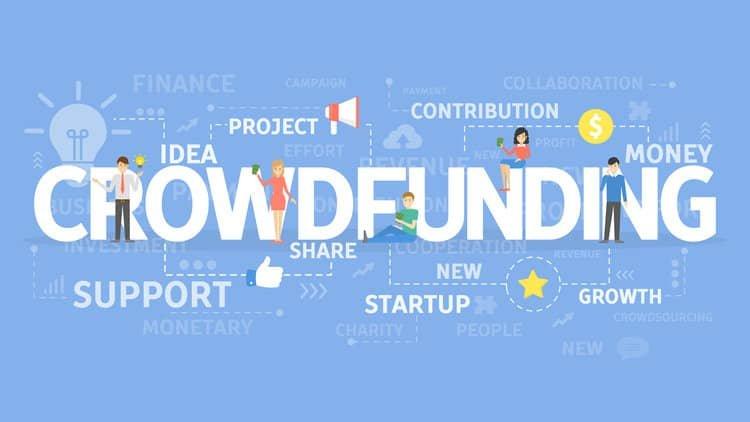
Exploring Crowdfunding as a Unique Funding Option for Your App
Crowdfunding has emerged as an exciting and innovative way to secure funding for your app, allowing you to tap into a community of supporters who believe in your vision. Unlike traditional funding methods, crowdfunding empowers you to present your idea directly to potential backers, gathering support from individuals who are eager to see your app succeed.
One of the major advantages of crowdfunding is that it not only provides you with the necessary funds but also helps validate your app concept. When you launch a campaign, you can gauge interest and gather feedback from your audience, which can be invaluable in fine-tuning your app before its official release. This early testing phase can help you identify features that resonate with users and eliminate those that don’t.
To get started, consider selecting a crowdfunding platform that aligns with your app’s goals. Some popular platforms include:
- Kickstarter: Ideal for creative projects and innovative products.
- Indiegogo: Offers flexible funding options, allowing you to keep what you raise.
- GoFundMe: Focused on personal causes but can be adapted for app funding.
When you create your crowdfunding campaign, it’s essential to tell a compelling story. Highlight what makes your app unique and the problem it solves. Backers want to feel a connection to your project, so be transparent about your goals and how their contributions will help bring your vision to life.
Incentives play a crucial role in motivating backers. Consider offering tiered rewards that provide value at different contribution levels. Here’s a simple table to illustrate some effective reward ideas:
| Contribution Level | Reward |
|---|---|
| $10 | Thank You Email |
| $25 | Early Access to the App |
| $50 | Exclusive Merchandise |
| $100 | Personalized Feature in the App |
Promotion is key to driving traffic to your crowdfunding campaign. Utilize social media, blogs, and email newsletters to spread the word. Engaging content such as videos, infographics, and testimonials can help convey your message more effectively and encourage potential backers to take action.
keep in mind that maintaining communication with your backers is essential throughout the process. Regular updates about your app’s progress can help foster a sense of community and keep supporters engaged. Acknowledge their contributions and show appreciation, as this will encourage them to spread the word and possibly increase your funding potential.
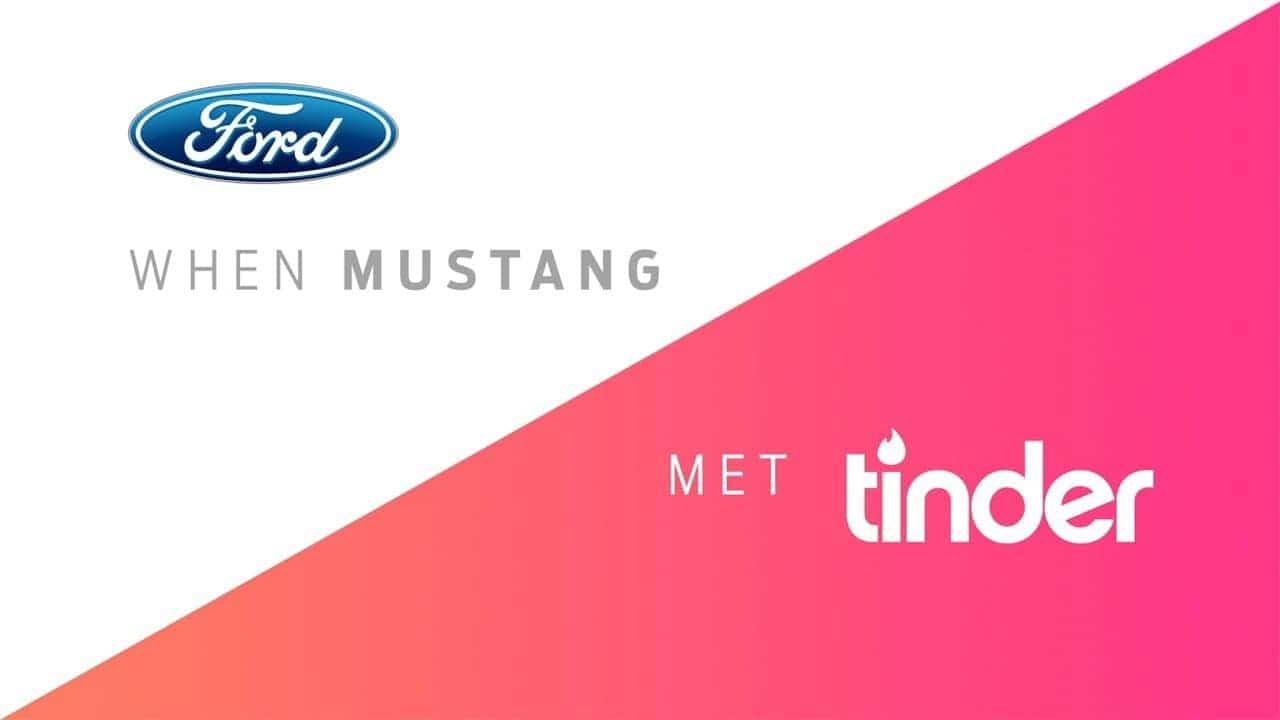
Innovative Ways to Collaborate with Brands for Extra Cash
Collaborating with brands can be a lucrative way to earn extra cash, especially if you leverage the unique features of your app. Here are some innovative approaches to create mutually beneficial partnerships:
- Sponsored Content: Integrate sponsored articles, videos, or posts that resonate with your audience. This not only enhances user experience but also generates revenue.
- Affiliate Marketing: Partner with brands to promote their products within your app. You earn a commission for every sale made through your referral links.
- Exclusive Discounts: Work with brands to offer exclusive discounts or deals to your app users. In return, you can receive a share of the sales generated through your platform.
- Brand Takeovers: Allow brands to take over your app for a limited time, providing them a platform to launch new products or campaigns, while you earn a fee for the exposure.
- Content Co-Creation: Collaborate with brands to create engaging content that’s beneficial for both parties. This could be in the form of podcasts, webinars, or interactive sessions.
Another exciting avenue to explore is integrating interactive elements that encourage user engagement while promoting a brand:
- Gamification: Incorporate brand challenges or contests that reward users for participation. Brands can sponsor these activities, providing cash prizes or products.
- Influencer Collaborations: Team up with influencers who align with your app’s niche. They can promote your app while also featuring brands, creating a win-win situation.
- User-Generated Content Contests: Host contests that encourage users to create content featuring a specific brand. This not only promotes engagement but also gives brands organic exposure.
To manage these collaborations effectively, consider setting up a clear framework. Here’s a simple table to outline potential collaboration types and their benefits:
| Collaboration Type | Potential Benefits |
|---|---|
| Sponsored Content | Direct revenue from brand partners |
| Affiliate Marketing | Passive income through commissions |
| Exclusive Discounts | Increased user retention and sales conversions |
| Brand Takeovers | High-profile brand engagement |
By taking these innovative steps, you can create a sustainable income stream while enhancing the user experience in your app. Remember, the key is to choose brands that align with your audience’s interests, ensuring that the collaborations feel authentic and valuable.
Frequently Asked Questions (FAQ)
Q&A: How to Make Money From an App: 11 Clever Ways to Monetize
Q1: Why should I consider monetizing my app?
A1: Great question! Monetizing your app can turn a passion project into a profitable venture. With the right strategies, your app can not only cover development costs but also create a sustainable income stream. Plus, who doesn’t want to earn money while users enjoy what you’ve built?
Q2: What are the most popular ways to monetize an app?
A2: There are several effective methods! Some of the most popular include in-app purchases, subscription models, advertising (like banner ads or interstitial ads), and selling premium features. Each of these can cater to different types of users and can be tailored to fit the unique purpose of your app.
Q3: Can you explain in-app purchases a bit more?
A3: Absolutely! In-app purchases allow users to buy additional content or features directly within your app. Think of games that offer extra lives or new levels for a fee. This method can be incredibly lucrative, especially if your app provides features that enhance the user experience.
Q4: What’s the benefit of a subscription model?
A4: Subscriptions create a recurring revenue stream, which can be very stable and predictable. If your app offers ongoing value—like new content, features, or services—users may be happy to pay a monthly or yearly fee. It’s all about building a loyal customer base that finds your app indispensable!
Q5: How do ads work for monetization?
A5: Ads can be a straightforward way to generate revenue, especially if your app has a large user base. You can integrate ad networks that pay you for displaying ads in your app. However, it’s crucial to balance ad placement so that it doesn’t disrupt user experience. Otherwise, you might risk losing users!
Q6: Is it necessary to use multiple monetization strategies?
A6: Not necessarily, but using a combination can be a smart move! For instance, you could offer a free version of your app with ads and an ad-free premium version for a subscription fee. This way, you cater to different user preferences and maximize revenue potential.
Q7: What are some common mistakes to avoid when monetizing an app?
A7: One major mistake is not understanding your audience. Know what they value and tailor your monetization strategy accordingly. Additionally, bombarding users with ads or making the app too difficult to use unless they pay can drive them away. Focus on providing genuine value!
Q8: How can I effectively market my monetized app?
A8: Great marketing is key! Use social media, content marketing, and influencer partnerships to create buzz. Don’t underestimate the power of SEO to drive organic traffic. Also, consider app store optimization (ASO) to ensure your app stands out in a crowded marketplace.
Q9: What if my app doesn’t gain traction quickly?
A9: Patience is crucial in the app world! It can take time to build a user base. Keep refining your app based on user feedback, focus on marketing, and consider running promotions to attract initial users. Consistency and continuous improvement are your best friends!
Q10: Any final tips for aspiring app developers?
A10: Absolutely! Stay focused on delivering value first and foremost. Research your competition, keep an eye on industry trends, and be adaptable. Monetization is important, but user satisfaction is vital for long-term success. Build a community around your app, and the monetization will follow naturally!
Ready to take action? Dive into these monetization strategies and watch your app transform into a revenue-generating machine! Whether you’re just starting out or looking to enhance an existing app, there’s no better time to explore these clever ways to make money.
Future Outlook
As we wrap up our exploration of the 11 clever ways to monetize your app, it’s clear that the potential for profit in the app world is vast. Whether you’re a budding developer or a seasoned entrepreneur, there’s no shortage of strategies to turn your app idea into a lucrative venture.
Remember, the key to success lies not just in choosing a monetization method, but in understanding your audience and delivering real value. From in-app purchases to advertising and subscription models, each approach offers unique advantages that can align with your app’s goals and user experience.
So, why wait? Start brainstorming and experimenting with these monetization strategies today! Don’t be afraid to mix and match until you find the perfect fit for your app. With persistence and creativity, you can transform your app into a sustainable source of income.
If you found this guide helpful, share it with fellow developers and entrepreneurs looking to make their mark in the app industry. Let’s start a conversation! What strategies have you tried, or what are you excited to implement? The app marketplace is waiting for your innovative ideas—so get out there and make it happen!




